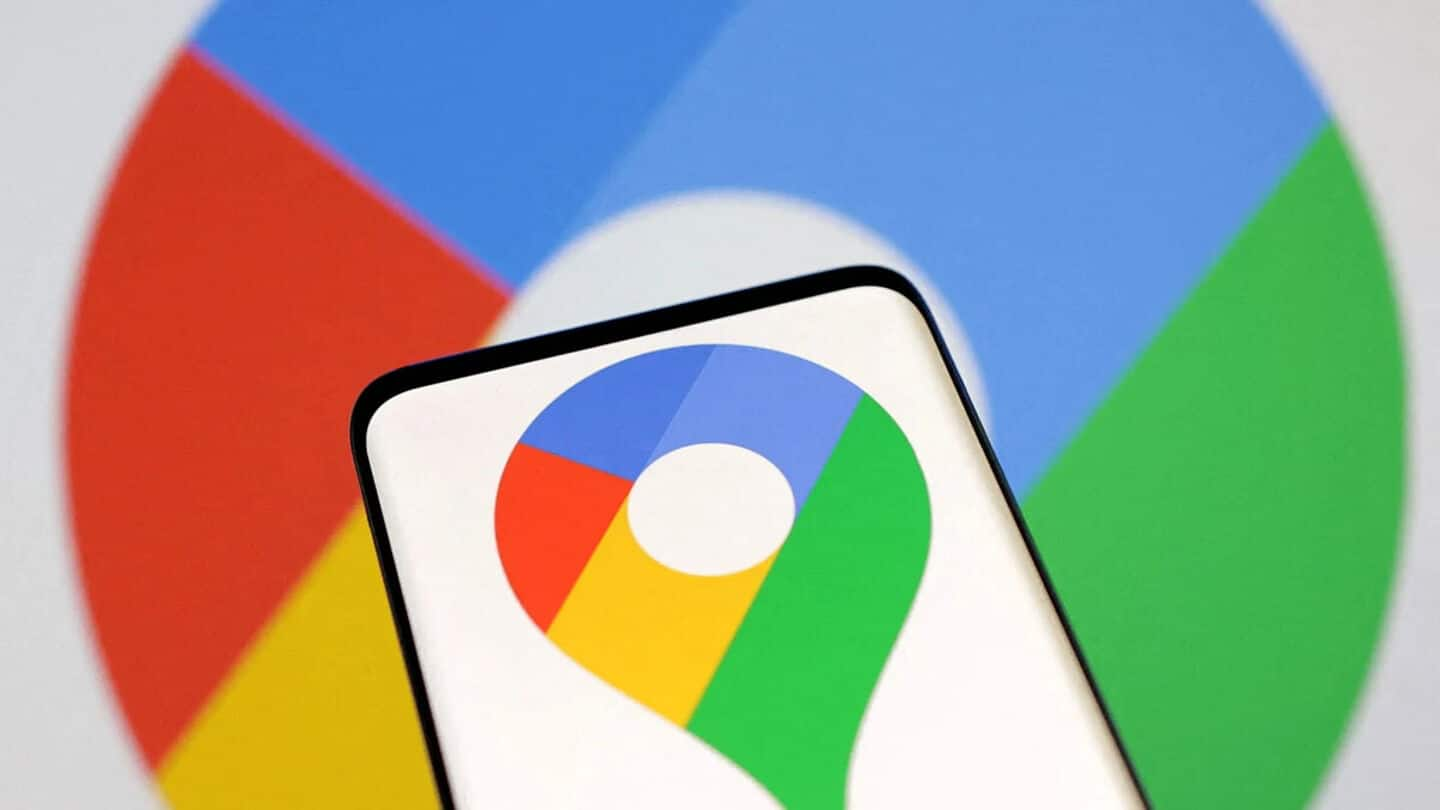
Google Maps will now show you accident-prone spots in Delhi
What's the story
In a bid to improve road safety, the Delhi Traffic Police will start marking accident-prone 'black spots' on Google Maps. The initiative is aimed at alerting commuters in real-time as they near these high-risk areas. The first set of locations from the 2024 list will be included when the feature launches this year.
Black spot definition
What is a 'black spot?'
A 'black spot' is a point where multiple accidents have occurred within a 500-meter radius on both sides. If a stretch sees frequent accidents, its midpoint is identified as such. In 2024, officials identified 111 black spots that were the site of 1,132 accidents, 483 of which were fatal and 649 non-fatal crashes.
Tech collaboration
Google Maps to show these locations
Delhi Traffic Police is working with Google to mark these accident-prone areas on its maps. "We are tying up with Google, and internal procedures are in progress," Deputy Commissioner of Police (Traffic Headquarters) Shive Keshari Singh told PTI. He said the goal of this initiative is to provide timely information so commuters can stay alert and make their drives safer while reducing fatalities.
High-risk zones
Top accident-prone areas in Delhi
Among the top accident-prone areas in Delhi are Azadpur Sabzi Mandi on GT Karnal Road (20 accidents, 11 fatal), Akshardham Mandir on NH-24 (19 accidents, eight fatal), and Bhalswa Chowk on Outer Ring Road (19 accidents, six fatal). Other high-risk locations include ISBT Kashmiri Gate (17 accidents, eight fatal), SGT Nagar (18 accidents, seven fatal), and Libaspur Bus Stand (18 crashes including six fatalities).
Safety measures
New black spots identified this year
The Delhi Police has identified 25 new black spots as of July 2025, with a total of 176 accidents, including 88 fatalities. Busy corridors like Ring Road, Outer Ring Road, and GT Karnal Road are still major accident-prone areas. There are also repeat locations such as ISBT Kashmiri Gate and SGT Nagar. The cops are working with road-owning agencies to improve signage and road designs at these spots.